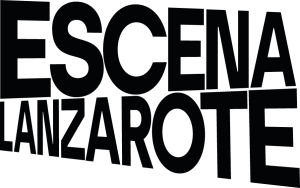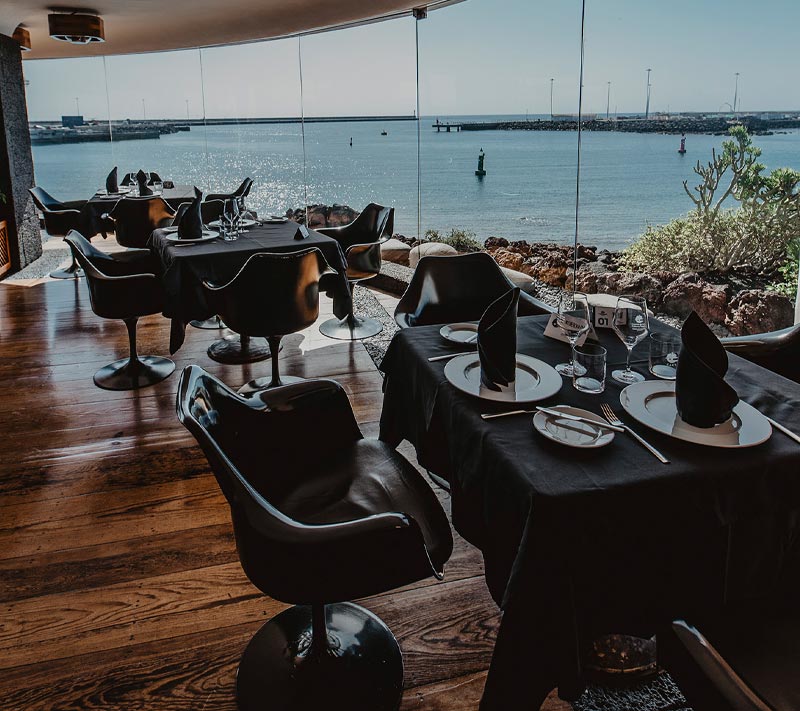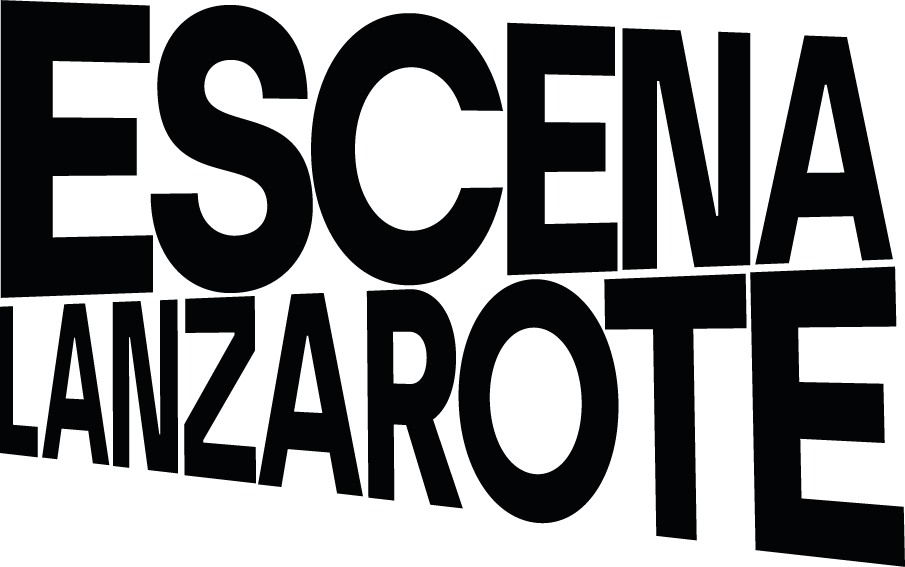
The festival venues

JAMEOS DEL AGUA
AUDITORIUM
At Jameos del Agua, this magnificent and singular auditorium —with a capacity of around 500 people— was carved out of a volcanic tube and later restored by César Manrique. In 1977, Jameos del Agua opened to the public, and since then, its auditorium has hosted countless artistic performances and cultural events.
Jameos del Agua is located in a protected area designated as the Site of Scientific Interest of Los Jameos under the Canary Islands Natural Areas Law. It forms part of the Volcán and Malpaís de La Corona Natural Park (Haría) and was declared an Asset of Cultural Interest in 2004, with the category of Historic Garden, while its auditorium received the category of Monument.
Because of all this —its design, pioneering within postmodern art, its remarkable acoustics, and its setting in a natural environment— it stands as a truly unique space in the world.
AUDITORIUM
CUEVA DE LOS VERDES.
Like Jameos del Agua, the Cueva de los Verdes is part of the Volcán de la Corona Natural Park (Haría) and belongs to the same volcanic tube. Throughout history, this lava tunnel has served various purposes: a refuge during pirate invasions in the 16th and 17th centuries, a destination for scholars and scientists in the 20th century, and, after the artistic intervention of Jesús Soto —who designed the route and lighting to highlight the cave’s shapes and colors— it was opened to the public in 1965.
The small volcanic auditorium, located midway along the route, has a capacity of around 250 seats and offers a truly unique acoustic and sensory experience.

AUDITORIUM
CUEVA DE LOS VERDES.
Like Jameos del Agua, the Cueva de los Verdes is part of the Volcán de la Corona Natural Park (Haría) and belongs to the same volcanic tube. Throughout history, this lava tunnel has served various purposes: a refuge during pirate invasions in the 16th and 17th centuries, a destination for scholars and scientists in the 20th century, and, after the artistic intervention of Jesús Soto —who designed the route and lighting to highlight the cave’s shapes and colors— it was opened to the public in 1965.
The small volcanic auditorium, located midway along the route, has a capacity of around 250 seats and offers a truly unique acoustic and sensory experience.

CACTUS GARDEN
The Jardín de Cactus (Guatiza) is César Manrique’s last great work in Lanzarote —a fascinating creation that brings together around 4,500 cactus specimens from about 500 different species originating from five continents.
The artist chose an old rofera (a quarry, as it’s known in the Canary Islands) that had been used as a landfill, located in an agricultural area surrounded by extensive prickly pear plantations once dedicated to cochineal cultivation. His intervention restored this abandoned landscape of great natural and cultural value, transforming it into one of the island’s most emblematic sites.
The work gives life to an architecture rich in ornamental and sculptural elements that blend seamlessly with the environment, enhancing its natural beauty. Volcanic stone and basalt monoliths —remnants of the old extraction site— now stand as sculptural forms. Yet, it is the vibrancy and exoticism of the cacti that captivate visitors, immersing them in a poetic setting of shapes, textures, and colors. For these very qualities, the garden becomes one of the festival’s stages this year.
Awarded the Carlo Scarpa International Prize for Gardens in 2017, and considered one of the most important cactus gardens in the world, this site embodies the rich fusion of artistic languages Manrique called total art: a synthesis of architecture, spatial design, sculpture, interior design, and landscaping that reveals the artist’s vision in its purest form.
CASTILLO DE SAN JOSÉ
RESTAURANT
This restaurant is located inside the Castillo de San José, overlooking the bay of Arrecife. Designed by the artist César Manrique alongside the International Museum of Contemporary Art in 1976, it is imbued with his distinctive stylistic vision. The combination of stone, wood, and the semicircular glass façade creates a unique and elegant atmosphere.
In this modern restaurant, guests can enjoy international cuisine fused with traditional Canarian recipes, always prepared using the finest local ingredients. As part of the festival’s program, the venue offers a dinner-and-show experience —echoing the spirit of classic music hall or cabaret performances once held in cafés and venues designed to blend stage and gastronomy— here reimagined within a cutting-edge setting.

CASTILLO DE SAN JOSÉ
RESTAURANT
This restaurant is located inside the Castillo de San José, overlooking the bay of Arrecife. Designed by the artist César Manrique alongside the International Museum of Contemporary Art in 1976, it is imbued with his distinctive stylistic vision. The combination of stone, wood, and the semicircular glass façade creates a unique and elegant atmosphere.
In this modern restaurant, guests can enjoy international cuisine fused with traditional Canarian recipes, always prepared using the finest local ingredients. As part of the festival’s program, the venue offers a dinner-and-show experience —echoing the spirit of classic music hall or cabaret performances once held in cafés and venues designed to blend stage and gastronomy— here reimagined within a cutting-edge setting.

DANCE FLOOR
JAMEOS DEL AGUA
Jameos del Agua is the first Center for Art, Culture, and Tourism created by César Manrique. It is located within a natural space formed inside a volcanic tunnel. Inaugurated in 1968, this iconic site represents the purest expression of Manrique’s vision: artistic creation in harmony with the environment and nature.
The dance floor at Jameos del Agua is located within what is known as the underground aquatic habitat of the site. It is a space shaped around a crystalline lagoon approximately seven meters deep, formed by the natural filtration of seawater, as it lies below sea level. This fascinating volcanic ecosystem is home to around 77 endemic species of great scientific interest, most notably the famous Blind Crab —the emblem and symbol of the center.
CASA-MUSEO DEL CAMPESINO
Located in the geographical center of Lanzarote, in the municipality of San Bartolomé, the Casa-Museo del Campesino is César Manrique’s tribute to the effort and resilience of the island’s farmers, who faced the most adverse conditions to bring life to the land.
The Casa-Museo del Campesino offers a journey through traditional architecture, agriculture, crafts, and gastronomy, complemented by the Monumento a la Fecundidad (Monument to Fertility), an avant-garde work in which Manrique paid his personal homage to the island’s rural heritage.
During the festival, this unique site hosts performances inspired by local traditions. The program combines the artisan market and the restaurant service, enhancing the experience for visitors and spectators alike.

CASA-MUSEO DEL CAMPESINO
Located in the geographical center of Lanzarote, in the municipality of San Bartolomé, the Casa-Museo del Campesino is César Manrique’s tribute to the effort and resilience of the island’s farmers, who faced the most adverse conditions to bring life to the land.
The Casa-Museo del Campesino offers a journey through traditional architecture, agriculture, crafts, and gastronomy, complemented by the Monumento a la Fecundidad (Monument to Fertility), an avant-garde work in which Manrique paid his personal homage to the island’s rural heritage.
During the festival, this unique site hosts performances inspired by local traditions. The program combines the artisan market and the restaurant service, enhancing the experience for visitors and spectators alike.

ISLOTE DE FERMINA
The Islote de Fermina is a peaceful retreat in Arrecife, designed by César Manrique in the 1970s. It is a multifunctional space recently restored to blend culture, leisure, gastronomy, and nature within the Marina of Arrecife.
The islet offers a unique experience, where visitors can enjoy a variety of daytime and nighttime activities in an unparalleled maritime setting.
